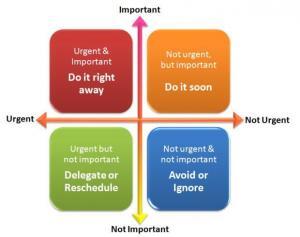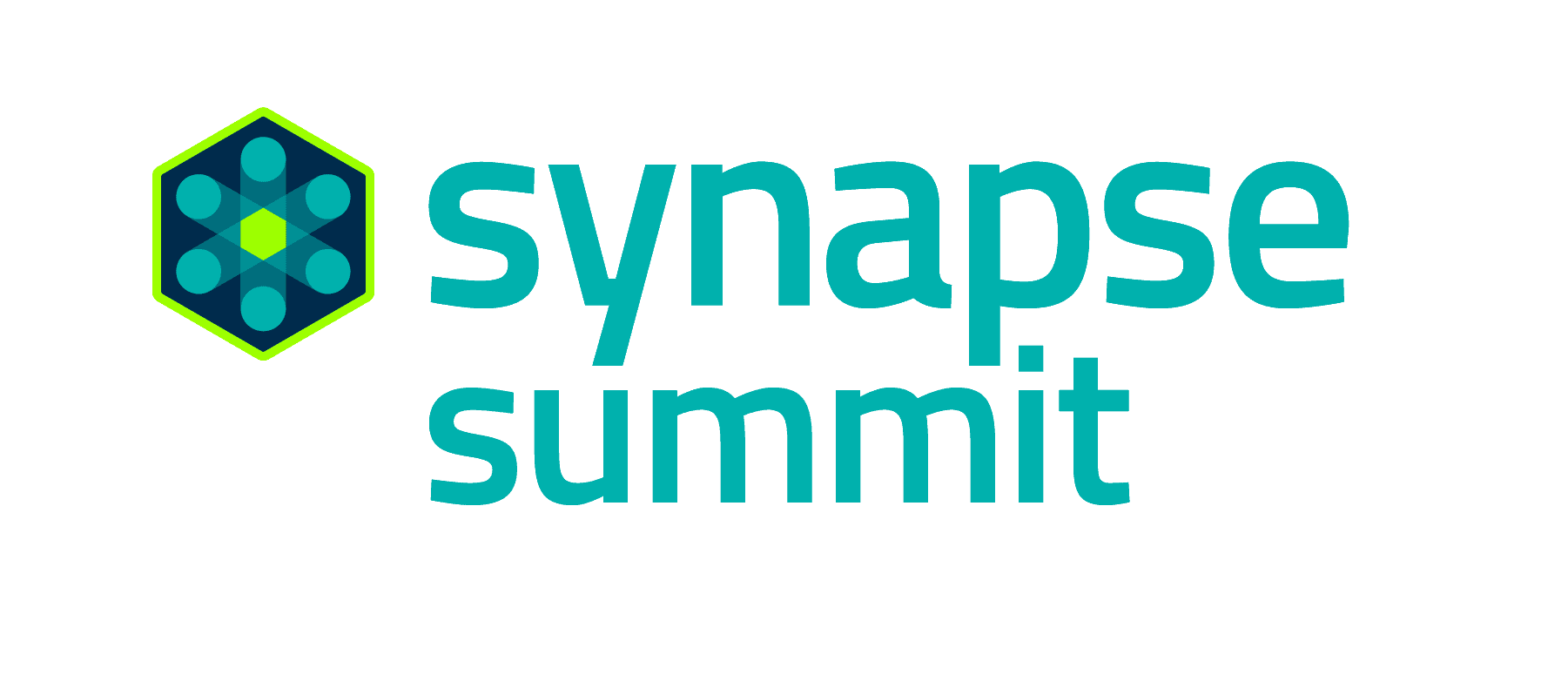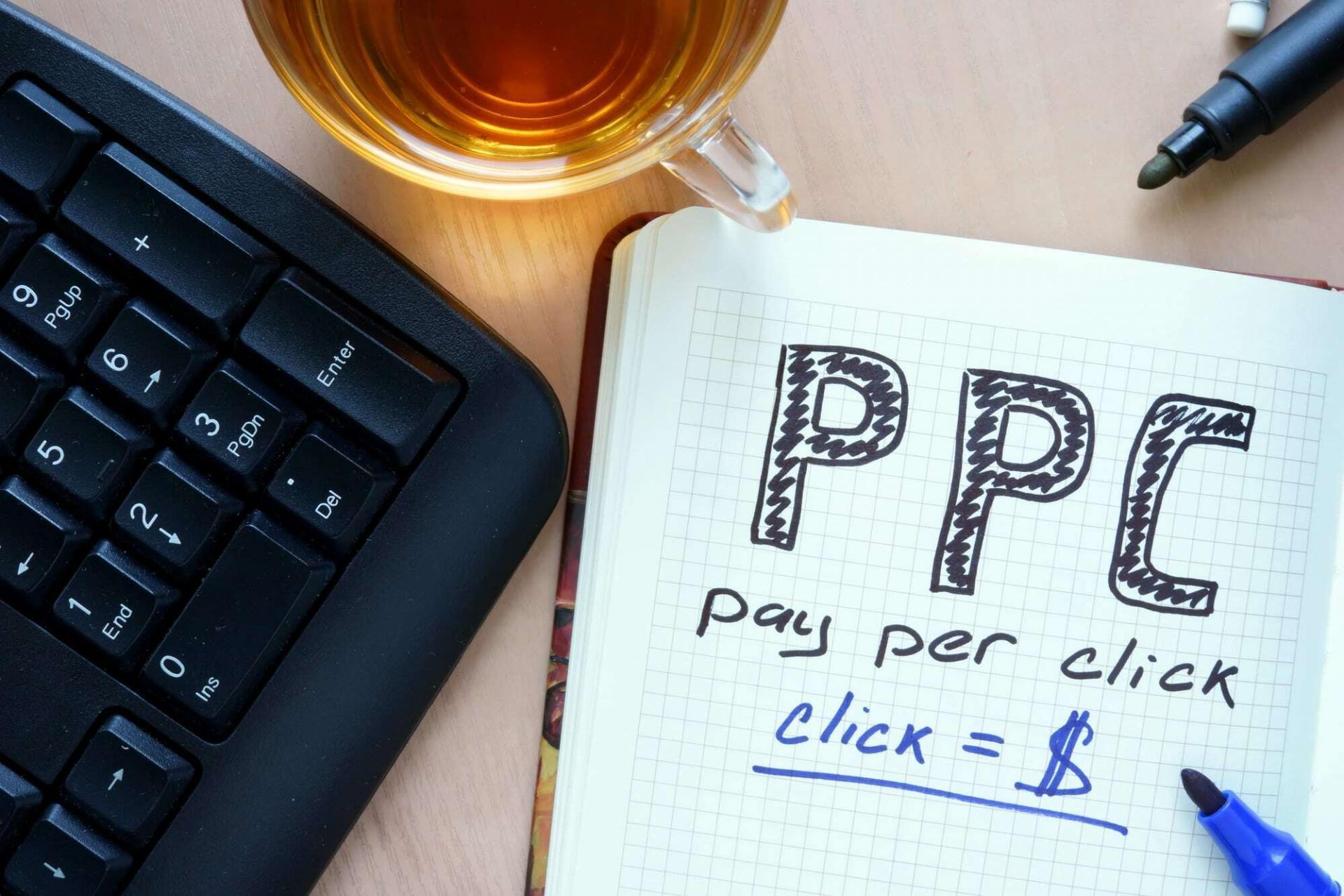With over 1.5 billion live websites in the world, it has never been more important that your website has excellent SEO. With so much competition online, you need to make sure that people can find your website fast, and it ranks well on Google searches.
But search engines are constantly changing, as are people’s online habits. So how do you make sure your website is fully optimized for the year ahead?
Only by having a clear SEO website design strategy will you ensure that your site goes from strength to strength this year.
Incorporating SEO into all aspects of your website may seem like a daunting task. However, if you follow our seven website design tips for 2019 you can stay ahead of the competition.
1. Make Sure Your Site Is Mobile Friendly
There are many things to consider when you are designing a website.
The layout and look of your site are very important. With many users spending only a few seconds on the first landing page, first impressions can make a huge difference.
In 2018 around 60% of internet usage was done on mobile devices. This is a figure that has been steadily rising over the past few years and looks set to continue to rise in 2019. Therefore if your content is not designed for mobile, you will be at a disadvantage, and it could harm your SEO rankings.
Mobile internet users are five times more likely to leave a website if it is not designed for their screen size. If this is the case then your bounce rate will increase. Encouraging users to spend more time on your website is good for your Google analytics, and good for your business.
Many web design platforms such as WordPress allow you to view your website as it would appear on different screen sizes. Google also has a useful mobile-friendly test, to help you check the mobile optimization of your site.
2. Get In The Snippets
Google is always changing and updating the way it displays search engine results pages (SERPs). One of its latest trends is the use of featured “snippets”.
Snippets are a paragraph excerpt from the featured website, that is displayed at the top of the SERP above the regular results.
Often snippets are displayed in response to a question that the user has typed into the search engine. The snippet will give the answer to the question, reducing the number of clicks the user has to make.
These snippets are basically the top spot for search results. In order to get your site listed as a featured snippet, it will already need to be on the first page of Google results.
Think about which questions a user would enter into Google that could bring up your site. Make sure you have content that answers the question directly and prioritize those keywords.
Spend some time looking at which websites regularly make it into the snippets in your industry. Are there some lessons you can learn from them?
It may take time for your website to earn a place in the top spot, but it is a great thing to aim for and you can treat it as an SEO strategy goal.
3. Get To Grips With Video SEO
Another of Google’s new features is the introduction of a video carousel.
Previously, video search results were displayed as three thumbnails at the top of SERPs. Going forward, Google is replacing those with a carousel of far more videos that a user can scroll through to view excerpts.
This means that far more video results can get a place on the top spot.
YouTube videos rank higher than any other video content on Google searches. So combined with the new carousel format, you should think about using YouTube SEO.
Creating YouTube videos can increase traffic to your site, and reach a whole new audience.
Think about what video content would be appropriate for your site, and would answer users queries. How-To videos are often very popular and would stand a good chance of getting on the carousel.
Make sure you use keywords in the title of your video and in the description, so the Google bots can find you.
4. On-Page Optimization
On-page optimization is usually what people are referring to when they talk about SEO. It is the strategy that a website owner uses to make sure their content is more likely to be picked up by search engines.
An on-page optimization strategy would involve:
- Researching relevant keywords and topics for your site.
- Including keywords and secondary keywords throughout the content.
- Using title tags and meta-description tags for pictures and media.
- Including internal links to other pages on your site.
On-page optimization is the core of your SEO website design. Without on-page optimization, your site will not rank highly, so it is important to get this right.
When you are designing your website, think about the user experience. How a user would navigate a website is also how search engines crawl over them. If it is hard to navigate for a user, it will not do well with the search engines either.
5. Off-Page Optimization
Off-page optimization is the marketing and promotion of your website through link building and social media mentions. This increases the credibility and authority of your website, brings more traffic, and increases your SEO ranking.
There are a few ways you can start link building to enhance your off-page optimization. You can guest post on other blogs, get your site listed in directories and product pages.
You can also consider contacting the authors of relevant, authoritative websites and blogs and arrange a link exchange. This would have the double whammy effect of bringing traffic to your site and increasing your authority within the industry.
When link building, it is important that you always use keyword rich anchor text for the link. This will increase the chance of the search engines picking out the link.
6. Optimize For Voice Search
When you are working out your SEO website design strategy, you need to stay on top of the online trends.
By 2020, it is estimated that 50% of all searches will be voice searches. This is due to the increase in popularity of voice-search enabled digital assistants like Siri and Alexa. Therefore making sure you are optimized for voice searching in 2020 is very important.
One of the main things to remember when optimizing for voices searches is that voice users phrase things differently from text searchers. So when you are optimizing your site to answer users’ questions, think about the phrasing.
For example, a text searcher may type in “George Clooney movies”, whereas a voice searcher would say “what movies has George Clooney starred in?”. So when you are writing your content, include some of this conversational style in your content. Use questions as hooks in your blog posts, so voice searches will find them.
Voice users are also more likely to ask follow up questions that lead on from the initial search terms. Including pages such as an FAQ list will help your optimization in this respect.
7. Keep Your Content Fresh
Search engines do not like stale content.
A website that has not been updated in a long time will not have a good SEO ranking. A stale website is also more likely to have a high bounce rate, as users are turned off by a site that does not look fresh.
It is generally good practice to keep your site updated anyway. Regularly checking each page will also help you keep on top of things like broken links. But the freshness of your website is super important when it comes to SEO.
You may think that some pages on your site are evergreen and do not need updating. For example contact details or customer service guarantees. However, even if there has not been a factual change that needs updating, just freshening up the page will enhance your SEO.
If you have a blog on your site, never leave it too long between posts. A user landing on your site seeing the last blog post was written six months ago will automatically find your site less credible.
Writing fresh blog posts also gives you the opportunity to use more keywords and links and media content. All of which will help enhance your SEO.
You can also go back over old blog posts and update links to things like statistics or news articles. Writing updates for blog posts can also give you the opportunity to include internal links to older posts.
Get Help With Your SEO Website Design
So those are seven SEO website design tips that will help your website stay on top in 2019.
Always monitor the latest Google trends and ask yourself if your website is making the most of developments such as voice searching.
Never neglect the basics of good SEO practice, and remember those keywords and links.
Always think about the user experience of your website. Don’t spend all of your time on the backend of your site. Do some of your own Google searches and see how your website performs.
Finally, always make sure your website content is fresh and looks great no matter what size the screen.
If you would like help with your SEO strategy or would like to find out more about our web design services, don’t hesitate to get in touch today.








 Walking into Tampa Bay’s second Synapse Summit was nothing but buzzing entrepreneurs and coffee stands filled with early bird risers. Connections were ready to be made. As soon as you stepped foot in Amalie Arena there were local vendors on either side with the latest swag ready to be handed out. The arena was filled with leaders, entrepreneurs, startups, Vice Presidents, and more established businesses ready to learn and scale their business.
Walking into Tampa Bay’s second Synapse Summit was nothing but buzzing entrepreneurs and coffee stands filled with early bird risers. Connections were ready to be made. As soon as you stepped foot in Amalie Arena there were local vendors on either side with the latest swag ready to be handed out. The arena was filled with leaders, entrepreneurs, startups, Vice Presidents, and more established businesses ready to learn and scale their business.





